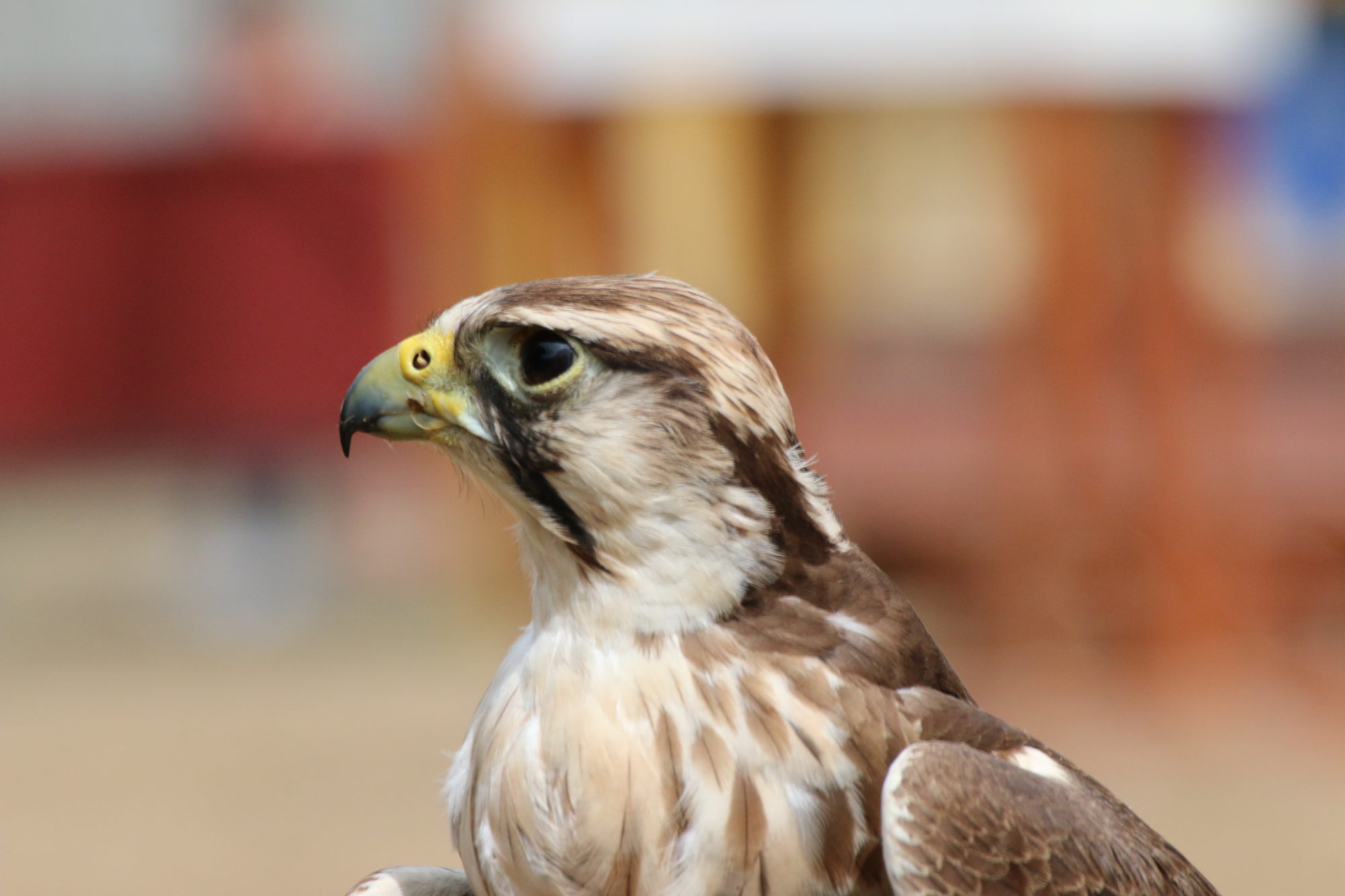An age old contest exists between “the tried and true” vs. “the latest and greatest”. If you’ve ever paddled a kayak, you’ll know what I mean.
KAYAK
Ever since grade school, I’ve been fascinated by Alaska and its native cultures. To me, the Inuit and his igloo, sled and kayak were the symbols of a pristine world where the human appetite for resources had not yet taken a bite. Growing up, I did my share of “igloo” building and sledding, but kayaking eluded me. Perhaps it was the mythical nature of that strange invention that I couldn’t grasp. Like some centaurian creature, the kayaker is only half human. At the waist, he turns into a boat! Now, who could grasp that?
The word “kayak” is a palindrome, a word or phrase that is spelled the same, backward or forward. So are “racecar”, “civic” and the name “Bob”. But a kayak really IS a palindrome, because both ends of the boat are shaped pretty much the same. I’d paddled canoes for years, thinking that their advantage was in that they can go in either direction. The year that I got my first kayak, I realized I had it all wrong.
As human powered watercraft, kayaks are quiet and fast. It’s the palindrome nature of the boat that accounts for this. By putting that long sleek taper in the bow and stern, the early Alaskans made sure that their kayaks would slip silently through the water, using as little energy as possible. As a result, a kayak produces almost no wake. It literally “sews” the water up behind it, putting everything back, just the way you found it.
I think the Eskimos were onto something when they designed their kayaks. People don’t survive in the cold of Alaska without knowing how to live. What they already knew when they built their boats is that we should touch the earth lightly, putting nature back where we found it. They had learned how to keep their balance and to move without making too many waves. They understood the value of a low profile, especially if you don’t want to “turn turtle” amidst the ice floes.
When out on your oceans this year, keep your stroke strong and steady, but not so fast that you forget to glide. When the waves come, note their rhythm and swell so that you can hear what the winds are saying and above all, keep your boat filled, especially with joy.

